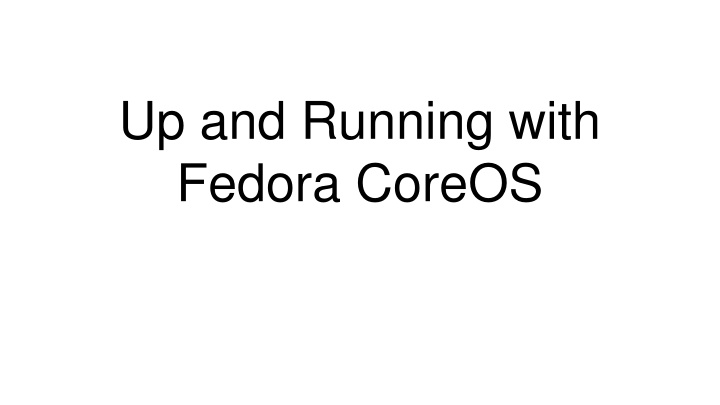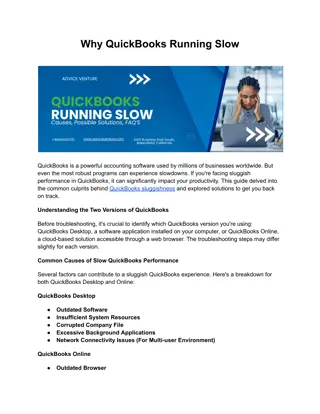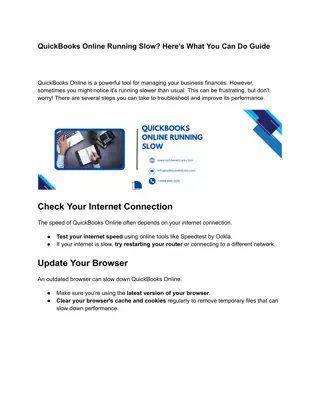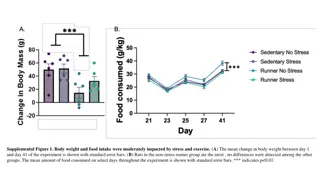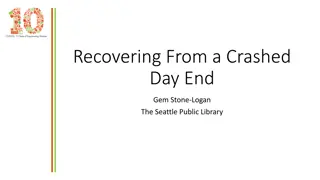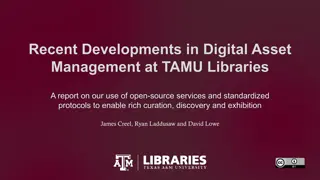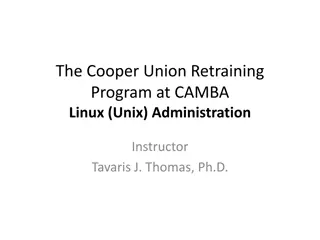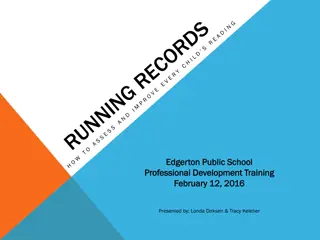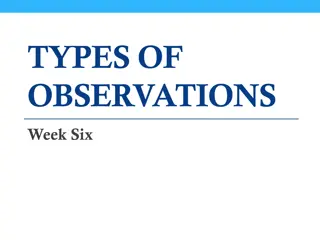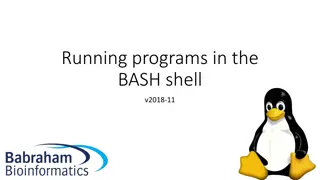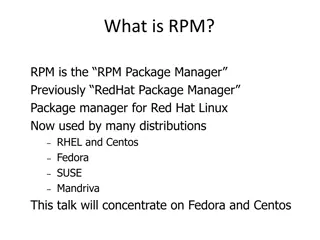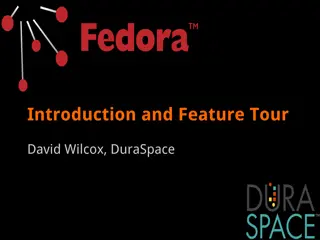Up and Running with Fedora CoreOS
This detailed guide covers everything you need to know to get started with Fedora CoreOS, from discovering images and preparations to deploying instances on AWS. Intended for curious developers and anyone interested in building with Fedora CoreOS, the guide provides step-by-step instructions and practical exercises. Learn how to find the right machine images for deployment and transition from testing to stable environments seamlessly. Get ready to deploy Fedora CoreOS from one instance to many and successfully manage your image deployments.
Download Presentation

Please find below an Image/Link to download the presentation.
The content on the website is provided AS IS for your information and personal use only. It may not be sold, licensed, or shared on other websites without obtaining consent from the author.If you encounter any issues during the download, it is possible that the publisher has removed the file from their server.
You are allowed to download the files provided on this website for personal or commercial use, subject to the condition that they are used lawfully. All files are the property of their respective owners.
The content on the website is provided AS IS for your information and personal use only. It may not be sold, licensed, or shared on other websites without obtaining consent from the author.
E N D
Presentation Transcript
Up and Running with Fedora CoreOS
Housekeeping If you wish to use AWS for your deployment I have two options for you: - Send your email to davdunc+devconf2021@amazon.com - 428 K ($20 US) Credit will be generated and sent to cover the workshop costs. - Generate credentials for a temporary account live for today only and provide to you - Send your email to davdunc+cztemp@amazon.com and I ll respond with credentials for the short term. Faster and easier to setup an account, but we understand that not everyone can do that.
Intended Audience The curious developer Anyone who wants to build a workshop to extend these basic steps. Anyone who wants to build with Fedora CoreOS, but doesn t know where to start.
Why ME? Why am I here talking to you about this effort?
Step 1: Discovery of images and preparations The Update Streams - Exercise 1: Can you review the available update stream URI and infer the corresponding details for each of the other two update streams? Next Testing Stable The URI: https://builds.coreos.fedoraproject.org/streams/stable.json Exercise 2: You suddenly work on Amazon EC2. How would I use this detail to build an AWS API call and locate the exact Amazon machine images I need to deploy to a cluster in eu-central-1? Hint: https://access.redhat.com/solutions/15356 - represents the available stable configuration
Exercise 2: Review time davdunc@localhost:~$ curl -s --output - \ > https://builds.coreos.fedoraproject.org/streams/stable.json | jq \ > '.architectures.x86_64.images.aws.regions' | head -30 { "af-south-1": { "release": "33.20210201.3.0", "image": "ami-0e33217ebb547dd4c" }, "ap-east-1": { "release": "33.20210201.3.0", "image": "ami-03d0d3e3389fec61f" },
Applying what you learned: What are artifacts? What if I want to build on qemu+kvm where is that Image? Something to think about later How am I going to move from testing to stable?
First Deployment From Elephants to Ants Fedora CoreOS from One Instance to many.
I found my image now what? Exercise 1: Execute an install on your environment of choice. 1a: Install to AWS "eu-central-1": { "release": "33.20210201.3.0", You ll need "image": "ami-0c9587e7eb210ab95" } - - - An ssh key An ignition file A default user Use a t3.micro for free tier elegibility 1b: Install to local KVM - 'opt/com.coreos/config'
Whats an ignition file? Fedora CoreOS is an image. Bonus discussion points: Installation is the same. - - What is user data? What is a link local address? Starts with a YAML file called: Fedora CoreOS Configuration Exercise 1: You ll need a Transpiler . Build a Fedora CoreOS Configuration file with an SSH key you build on your own. @host> podman pull quay.io/coreos/fcct:release Convert that to JSON for use as an ignition file.
Whats it look like? Ignition FCC { variant: fcos "ignition": { version: 1.2.0 "version": "3.2.0" passwd: }, "passwd": { users: "users": [ - name: coreos { ssh_authorized_keys: "name": "coreos", "sshAuthorizedKeys": [ - ssh-rsa ssh-rsa AAAAB3NzaC1y . . . "ssh-rsa AAAAB3NzaC1yc2EAAAADAQ . . .
Lets change it up Exercise1: Building the configuration. Configure a second user or configure a different user in a build process. Do we really need the default user on the system? Exercise2: Why or Why not? On your own, add the fcct to the installation of the instance using ignition Use the fcct with redirects automatically and save your file in a second storage device.
Automating the process in your environments Through Red Hat Ansible Using the community.aws.ec2_instance Or using the community.aws.ec2_launch_template
Building a basic pipeline
